Acacia Confusa Root Bark
$45.00
What is Acacia Confusa Root Bark?
Acacia Confusa Root Bark a captivating member of the Acacia genus, stands as a botanical treasure native to South-east Asia, particularly Taiwan and the Philippines. This evergreen tree, also known as the Rainbow Tree, is recognised for its unique characteristics, cultural significance, and versatile applications.
Acacia Confusa root bark has found a place not only in the ecosystems of its native regions but also in the hearts and traditions of the communities that have revered it for generations.
Characteristics
Acacia Confusa is a small to medium-sized tree, typically reaching heights of three to 15 meters. Its distinctive features include dark green, fern-like leaves that create a lush canopy, providing shade and contributing to the tree’s aesthetic appeal.
The trunk is characterised by smooth, greyish-brown bark that matures into a textured, dark brown surface. One of the most enchanting aspects of Acacia Confusa is its striking golden-yellow flowers, which bloom in clusters, adding a vibrant burst of colour to the landscape.
The tree’s botanical features go beyond its visual allure, though. Like many Acacia species, Acacia Confusa contains tannins in its bark, contributing to its historical use in traditional medicine and as a source of natural dyes.
Distribution
Acacia Confusa finds its roots in the humid subtropical and tropical rainforests of South-east Asia. Native to regions such as Taiwan and the Philippines, the tree thrives in warm, moist climates with well-drained soils. Its adaptability allows it to grow in various habitats, from lowland forests to mountainous regions, making it a resilient species within its native range.
While its natural distribution is limited to specific geographic areas, Acacia confusa has garnered attention beyond its native regions, thanks to its cultivation for ornamental and practical purposes. The tree’s ability to adapt to different environments has facilitated its introduction to other parts of the world, contributing to its global recognition.
Uses
- Traditional and Cultural Significance: Acacia Confusa holds cultural and traditional significance in the regions where it is native. Indigenous communities in Taiwan, for example, have incorporated the tree into various aspects of their cultural practices and folklore. Some communities have used the bark of Acacia root bark in traditional medicine due to its potential therapeutic benefits.
- Dye Production: One of the notable uses of Acacia root lies in its bark, which is rich in tannins. These tannins have historically been used as natural dyes. The bark can produce various shades of brown, making it a valuable resource for traditional textile dyeing and artistic endeavours.
- Ornamental and Landscape Planting: Beyond its cultural and utilitarian uses, Acacia is often cultivated for its ornamental value. The vibrant yellow flowers and lush foliage make it a popular choice for landscaping in gardens and parks. Its adaptability to different climates has facilitated its introduction to various parts of the world for decorative purposes.
Benefits of Acacia Confusa Root Bark
- Biodiversity Support: In its native habitat, Acacia plays a role in supporting biodiversity by providing habitat and sustenance for various flora and fauna. The tree’s presence contributes to the ecological balance of its ecosystems, enhancing overall biodiversity.
- Cultural Preservation: The cultural and traditional uses of Acacia Confusa contribute to the preservation of indigenous knowledge and practices. As communities continue to utilise the tree in their rituals and ceremonies, it becomes a living link to their cultural heritage, fostering a connection between the past and present.
- Sustainable Dye Source: The use of Acacia Confusa root bark as a natural dye aligns with sustainable practices in the textile and art industries. As interest in eco-friendly and natural dyeing processes grows, Acacia Confusa stands out as a renewable and environmentally conscious resource.
Conclusion
In conclusion, Acacia Confusa emerges as a captivating and versatile botanical entity, weaving together cultural, aesthetic, and utilitarian threads. Its visual splendour, traditional uses, and ecological contributions paint a nuanced picture of a tree deeply intertwined with the landscapes it inhabits.
As we explore the enigmatic Acacia, we are reminded of the intricate connections between nature and culture and the importance of preserving and appreciating the diverse gifts that the natural world offers.
8 reviews for Acacia Confusa Root Bark
Add a review Cancel reply
Related products
MAGIC TRUFFLES
MAGIC TRUFFLES
MAGIC TRUFFLES
MAGIC TRUFFLES
MAGIC TRUFFLES
MAGIC TRUFFLES
MAGIC TRUFFLES
MAGIC TRUFFLES

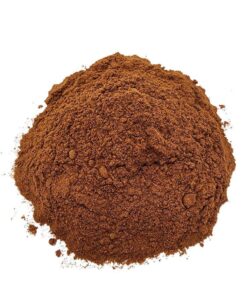
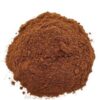
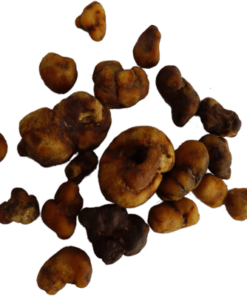
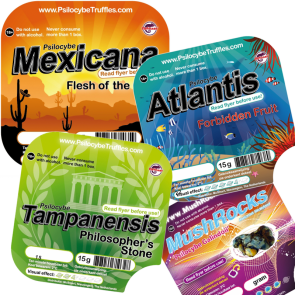

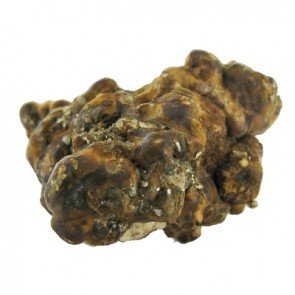




Taylor –
They work better than any of the other hundreds products I have tried from different companies. They deserve 5 star.
Dalia –
I recently started using the Root Bank products and have found them to be amazing. They have really helped with my bloating and gut issues, I would strongly recommend.
Grace –
I can’t thank Dave enough for such a wonderful service given to me.my products came on time and safely
admin –
Acacia root bark are fantastic. I’ve tried numerous things that haven’t really helped me in the past. But these are different! After 3 months now I am really feeling the benefits.
Cindy –
Whether you’re a beginner or an expert, this service has something for everyone. It’s easy to navigate and offers plenty of tutorials to get started. A fantastic platform overall!
Peter –
I actually first found out about them randomly on instagram. I never paid attention to these things but I was on a binge watching so I don’t get ripped off, their customers service really inspired me into making some decisions easy during my free time, and i must have literally manifested it in my mind because my friends picked up on it and i started getting gifts from their store. some of my friends were happy just like I was.Highly recommended
Tony –
I received the product from.this company . I really enjoyed my Acacia without any complications. It couldn’t be better. 100% recommended
Radis –
This is a good service because you can buy your favorite products for cheaper than in official stores.
I mean, you can get everything you want easily and without putting in much effort. I personally bought my product here and
So I can recommend this platform, guys, do not hesitate to use quality platforms.